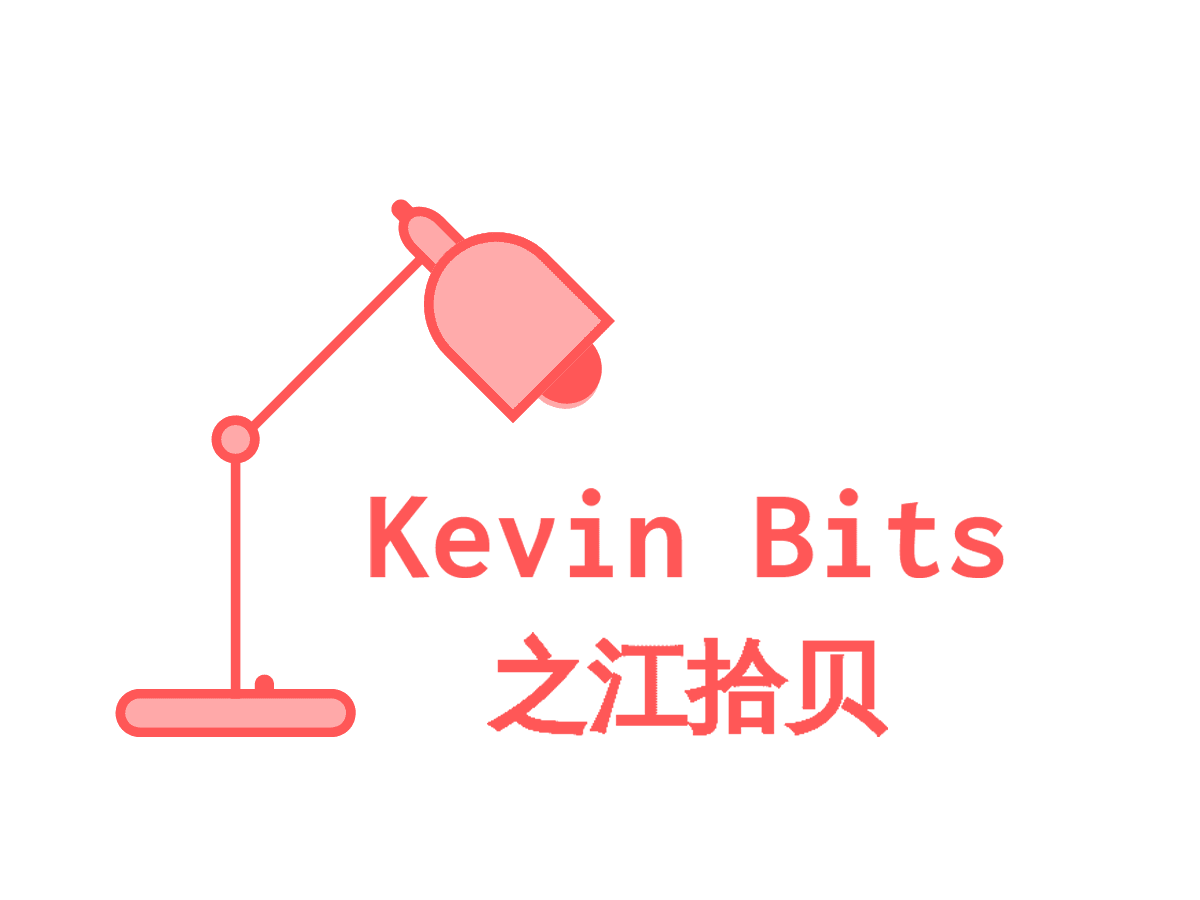In my Feb. 25 note, I pointed out that a control strategy has been formed by the Fed to normalize its monetary policies. That strategy is at macro level, meaning between interest rate tool and balance sheet tool, the Fed will be relying on interest tool actively, and letting the balance sheet working on its own via natural retiring. This is because balance sheet is an unconventional approach (do and undo are symmetrical) and its impact on the financial stability and equity markets is heavy.
The Fed will continue to use forward guidance. Low bound interest rate has high risk of financial instability, that’s why the Fed has entertained the forward guidance tool and tries to align market expectation of the Fed to the Fed policy intention. The investors are then more informed of the future monetary policies and some uncertainties in invest decisions are reduced.
A speech [1] by the vice chair of the Fed, S. Fischer revealed the thinking of control strategies in lifting off the interest rate policy. It is interesting to know that the Fed is using the phrase “optimal control”. The strategy is to focus on two aspects – time and pace to raise interest rates, which can be embraced by a nominal interest rate trajectory toward an ultimate goal. I think the trajectory will have four characteristics.
First, it will be a bumpless (smooth) transfer in the very initial lift up, meaning the Fed will try the best in its forward guidance informing the market when will be the first interest rate lift up and even by how many basis points. It is very likely the Fed will adopt a smaller than 25 basis points at a few early rate changes.
Second, the Fed will be more relying on forward guidance. The least thing the Fed wants is to add any more uncertainty to the financial market. A market downtown, if happens, could complicate the Fed in normalizing process.
Third, the interest rate lifting off will likely be two stages, the first target rate might be 2%, followed by a higher target of 4-5% depending on economic growth rate etc. There could be a pause between the two stages.
Fourth, the Fed will continue to say that the policy is data driven and dependent on a wide range of measures, with the focus on unemployment rate and inflation numbers.
Reference:
[1] S. Fischer, Monetary policy lessons and the way ahead, speech at the Economic Club of New York, New York, March 23, 2015.
